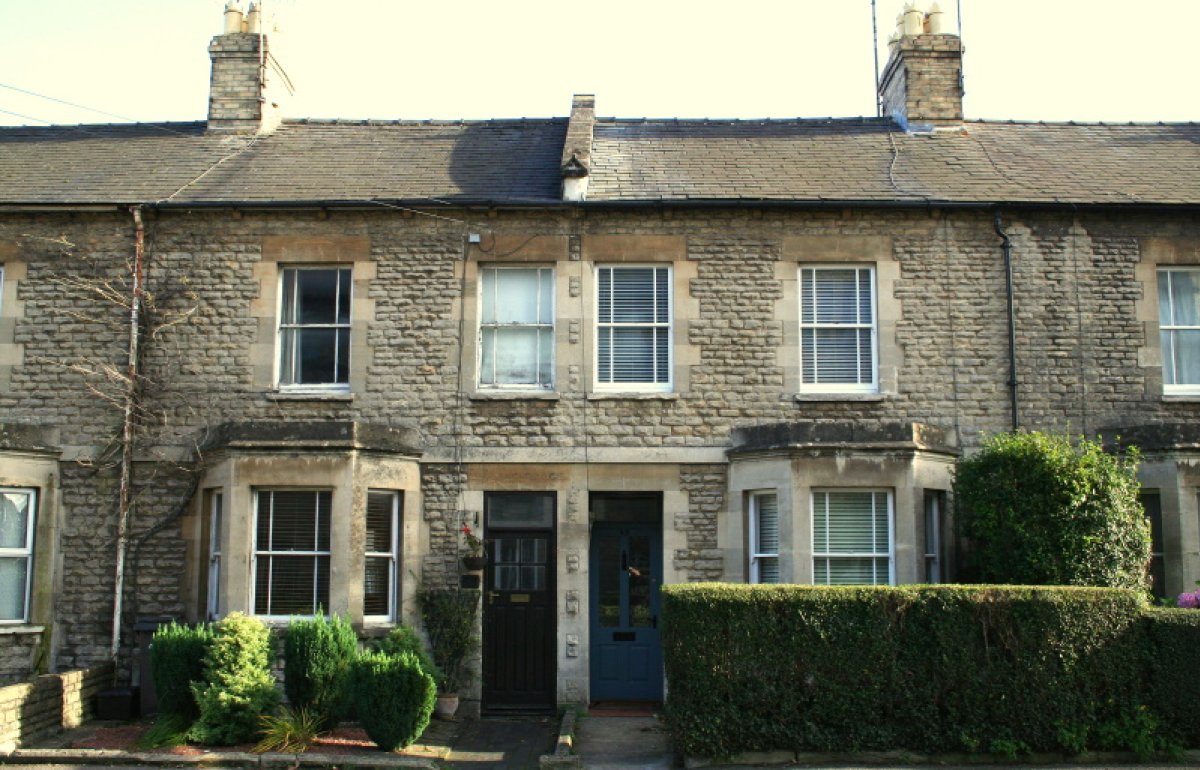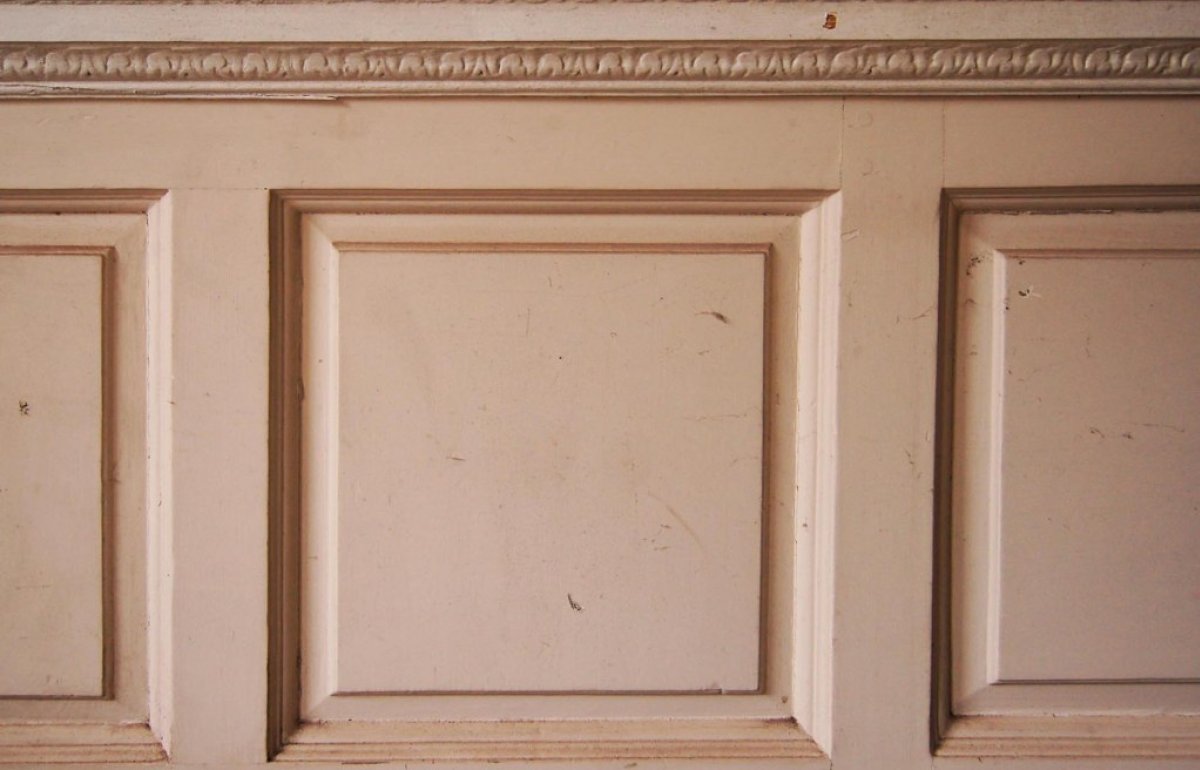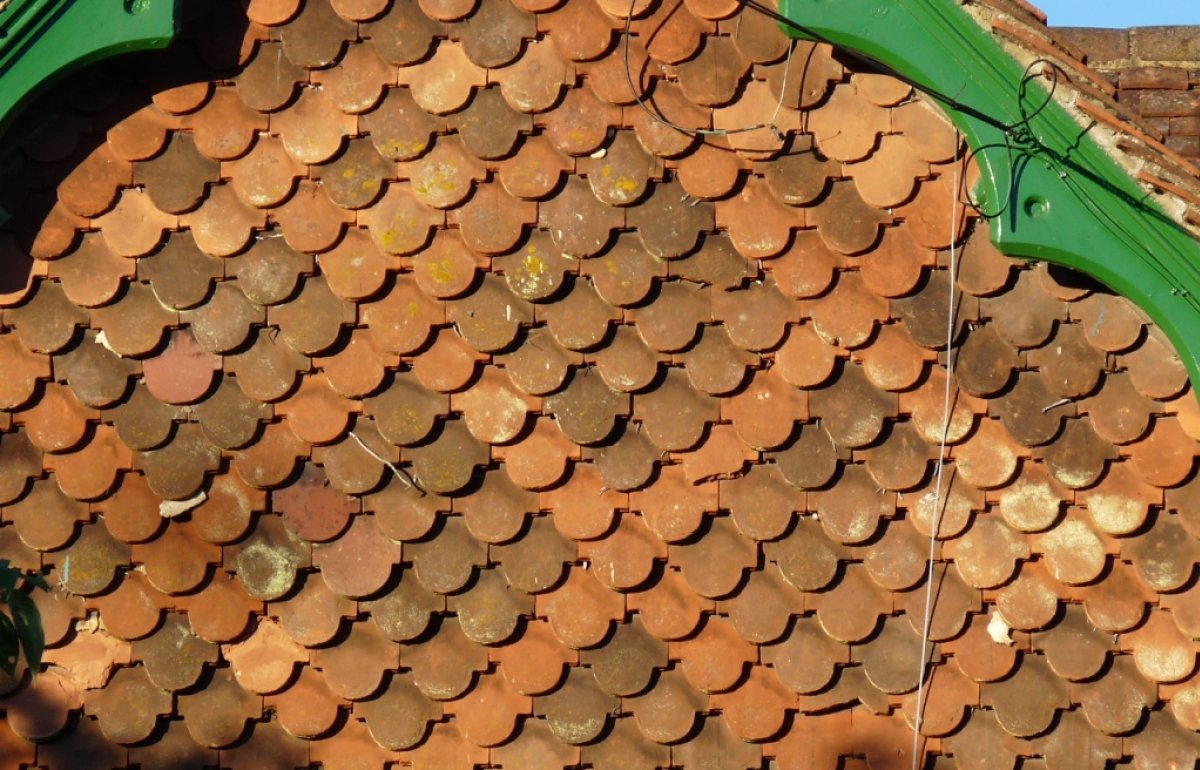Shingle roofs
A vernacular roof covering, once found across Europe and North America on a wide variety of buildings, can offer a highly pleasing effect. Yet shingles are practical and durable too.
What are shingles?
Shingles are wooden tiles used for covering roofs or walls. They are cut to random widths and are usually thicker towards their tail (‘butt’), which may be decoratively shaped. Being ‘double-lap’, the butt overlaps two courses below. Each shingle is twice-nailed in the centre, although historically a single wooden peg often held them.
In Britain, shingles are associated with churches, and occasionally houses, especially in the south-east, but were once more widespread. Riven (split) oak has long been used for shingles, though sweet chestnut is sometimes a suitable alternative.
How do shingled roofs deteriorate?
Shingles may deteriorate as a result of: erosion due to weather exposure; buckling and splitting; rot, exacerbated where moss retains moisture; mechanical damage (such as wind-lift); and woodpecker attack. In addition, the failure of nails may cause shingles to detach. Riven oak or chestnut shingles normally have a lifespan of 80-100 years, which can be twice that of those made from cedar.
Should I repair or reshingle my roof?
This depends on the extent of deterioration. Consideration should normally be given to re-shingling when repairs are no longer cost effective. This is typically after one-fifth of the shingles have been reinstated. The ease of access to higher levels as well as condition of gutters and ancillary items, such as flashings, will also influence the course of action. Repair or re-shingling should be entrusted to a reputable roofer, and the SPAB may be able to advise on suitable contractors in your area.
What might maintaining and repairing a shingled roof entail?
It is important to keep shingles free of moss, leaves and other debris. A seasonal brushing down should help control the build-up, though sometimes copper strip moss inhibitors are fitted. Nearby trees should be cut back to eliminate dripping, and to let air and sunlight in.
Slipped, defective or missing shingles will, from time to time, require reinstating. Shingles being reinstated are secured either with nails driven in at 45° to the surface just under the butt-line of the covering course or attached with metal strips (‘tingles’) that hook round the butts from below.
How should I introduce new shingles?
New shingles should usually match the wood species, method of cutting, size and thickness of existing ones. Substitution with artificial shingles is undesirable as, generally, is replacement of riven shingles with sawn ones (or vice versa). Unless nails have failed, the stripping of old shingles tends to cause such damage that few, if any, will be reuseable. Unlike cedar shingles, those made of oak of chestnut are not usually treated with a preservative.
How, and to what, are shingles fixed?
Shingles are secured to boarding or sawn battens using stainless steel or silicon bronze annular ring nails. Predrilling shingles sometimes assists with their fixing.
Roofing underlay is usually unnecessary. Where it is justified, however, counter-battening should be adopted to ensure adequate ventilation and reduce the likelihood of timber decay.
How should details be treated on shingled roofs?
The emphasis should be on matching existing details. Occasionally, it may be acceptable to introduce modifications. When renewing mitred hips, for example, it is often prudent to include concealed stainless steel or copper soakers. Copper soakers can be covered with pieces of roofing underlay or bituminous paint to resist the initial corrosive run-off from shingles. With valleys, leadwork can be given a protective coat of grey bituminous paint or, sometimes, a temporary, lighter sacrificial covering of lead is laid - which is removed after about 18 months.
A rust-coloured stain may occur on wals due to rainwater run-off from new shingles but can be brushed off.
How do I prevent woodpecker damage on shingled roofs?
If woodpecker damage is a serious concern, stainless steel or zinc strips can be inserted under the shingles most at risk. Roofs that are close-boarded rather than those that are battened or sheathed with open-jointed boarding seem more prone to woodpecker attack.
English Heritage (2013) Roofing, Practical Building Conservation, Farnham: Ashgate Publishing Ltd



